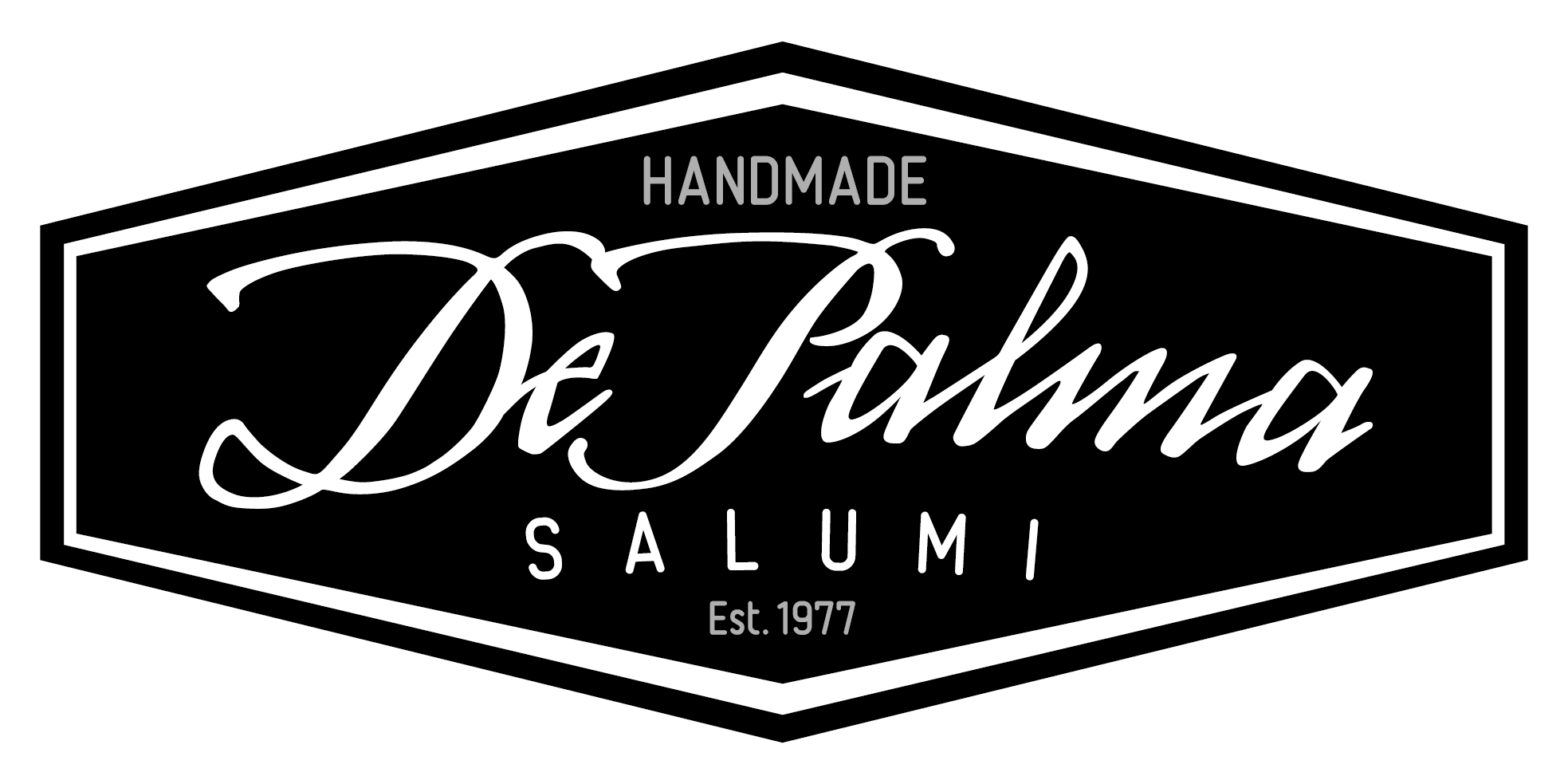Padstow salumi maker Robert De Palma is making charcuterie the traditional Italian way, using techniques passed down by his father.
June 9, 2023 Richard Cornish - writes about food, drinks and producers for Good Food. (Sydney Morning Herald)
Seventh-generation salumi maker Robert De Palma was just six when he started working alongside his Italian-born father, Antonio. Now, he makes what Quay and Bennelong executive chef Peter Gilmore believes is the best salumi in Australia.
“He intuitively understands the complex art and science of traditional Italian fermentation and dry-curing of sausages,” says the chef.
De Palma senior left his career as a master salumi maker in Puglia in 1971 and found work as a suburban butcher in Sydney. By 1977, Antonio De Palma had saved enough money to buy his own business, passing down the intricate skills essential for his son to make salami, pancetta (cured pork belly), guanciale (cured pork jowl) and bresaola (air-cured beef).
Selection of cured meats from De Palma Salumi. Image RICHARD CORNISH
“When I was old enough, I was given a knife and taught the Italian style of muscle butchery, using the knife to follow individual muscles,” says De Palma. He founded his own dedicated salumi business in Botany in 1999 and moved to larger premises in Padstow in Sydney’s south west in 2007.
Almost every part of De Palma’s process is painstakingly traditional. It’s based on a slow lactic acid fermentation and air-curing process that takes three months. By comparison, big producers can ferment and cure a cheap salami in two weeks. De Palma hand-trims every muscle of any trace of sinew or connective tissue that might get caught between the teeth. He doesn’t mince the pork, instead cutting the flesh and fat by hand into different shapes so each slice of salami looks like a beautiful meaty mosaic.
During the slow curing process, natural flora or moulds grow on the exterior of the salami, creating a protective casing and imparting deep, earthy, fungal notes, just as the white mould on camembert influences the flavour of the cheese. His bresaola is trimmed, salted, encased in a natural skin, then slowly air-dried for three to six months. When finely cut, the slices have a deep ruby hue, supple texture and rich flavour, with a deep minerality and a long layered sense of umami. The guanciale sees a magenta line of dense muscle surrounded by creamy, nutty fat and covered with a golden layer of skin.
The secret to serving great salumi is to slice it incredibly finely to reveal the various flavours but not overwhelm the palate with the taste of fermented sausage. They are perfect on a charcuterie board served with a little bread or grissini sticks or some sourdough fried in rosemary-infused olive oil, the residual heat releasing the myriad aromas of cured pork.
“Robbie De Palma makes arguably the best salumi in Australia”
“De Palma has a remarkable palate,” adds Peter Gilmore. “He tests his products by touch, taste, sight and smell.” Gilmore and De Palma worked together to make a quail and pork salami that will fill ravioli to be served with black truffles and hazelnuts at Bennelong, Sydney as of June 14.
De Palma salumi is also served at other Sydney restaurants, including Pino’s Vino e Cucina in Alexandria, Paddington’s Il Baretto and Italian Street Kitchen, and is sold at 1888 Certified in Double Bay, and Broth Bar and Larder in Bronte.
In Melbourne, it graces the charcuterie boards at CBD restaurants Botswana Butchery and Grossi Florentino, and at Montalto in Red Hill. It can be bought at Enoteca Boccaccio in Balwyn, Wild Things Food in Fitzroy North and Toscano’s (Kew, Richmond and Toorak).
Original article from Sydney Morning Herald Good Food


